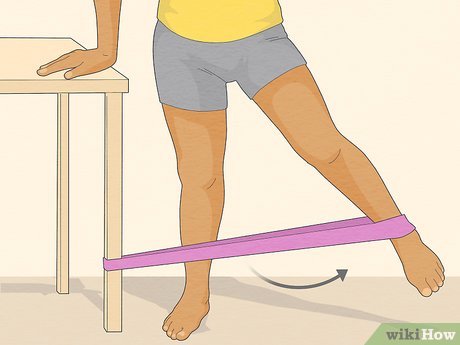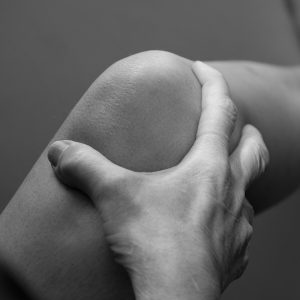
Knee pain is a widespread problem affecting millions of people worldwide. Whether caused by injury, arthritis, or everyday wear and tear, knee discomfort can limit mobility and reduce quality of life. While treatments and surgeries exist, there is one simple, effective fix that many overlook—a fix that could save your knees from further damage and chronic pain. In this article, we explore this simple solution, how it works, and why it matters for your knee health.
The knee is one of the largest and most complex joints in the body. It supports body weight and enables movement, making it vulnerable to injury and degeneration. Common causes of knee pain include:
This degenerative joint disease results from cartilage breakdown, causing pain, stiffness, and swelling.
Damage to ligaments like the ACL or MCL can cause instability and sharp pain.

Tears in the knee’s cartilage often cause locking, swelling, and pain.
Repetitive stress, improper exercise technique, or poor posture can strain the knee joint.
While many focus on pain relief through medication or rest, one of the most effective—and simple—fixes is strengthening the muscles that support your knees. Strong muscles help stabilize the joint, absorb shock, and reduce undue pressure on bones and cartilage. This reduces pain and lowers the risk of injury.
The muscles around the knee—especially the quadriceps, hamstrings, and calves—act as shock absorbers and stabilizers. Weakness in these muscles forces the knee joint to bear more impact, accelerating wear and tear.
Studies show that targeted strength training improves knee function and reduces pain in patients with arthritis and other knee conditions. In fact, strengthening exercises are often prescribed as the first line of treatment before considering surgery.
Incorporating specific exercises into your routine can dramatically improve knee health. Here are some simple but powerful movements:
How to do it: Sit or lie down with your leg straight. Tighten the muscles on the front of your thigh by pressing the back of your knee into the floor. Hold for 5-10 seconds, then relax. Repeat 10-15 times.
How to do it: Stand holding onto a chair for balance. Slowly bend your knee, bringing your heel toward your buttocks. Hold for a few seconds, then lower. Do 10-15 repetitions per leg.
How to do it: Lie flat on your back with one leg bent and the other straight. Tighten your thigh muscle and lift the straight leg to the height of the bent knee. Hold for 3-5 seconds, then lower slowly. Repeat 10-15 times.
How to do it: Stand near a wall or chair for support. Rise onto your toes, hold briefly, then slowly lower your heels back down. Perform 10-15 repetitions.
To get the most benefit and avoid injury, keep these tips in mind:
Begin with low repetitions and intensity, increasing as your strength and comfort improve.
Correct technique prevents unnecessary knee stress. Consider working with a physical therapist or trainer if you’re unsure.
Prepare your muscles and joints with gentle warm-up exercises and stretches to reduce stiffness and enhance flexibility.
If you experience sharp pain or swelling during exercises, stop and consult a healthcare professional.
Beyond pain relief, building strong knee muscles improves balance and coordination, which can help prevent falls and further injuries. It also enhances your ability to participate in daily activities and sports, contributing to better overall health and quality of life.
If knee pain persists despite strengthening exercises or worsens over time, consult a healthcare provider. You may need additional treatments such as physical therapy, medication, or imaging to diagnose underlying issues.
This simple fix—strengthening the muscles supporting your knees—can save your knees from chronic pain and injury. With consistent effort and proper technique, you can reduce discomfort, improve joint function, and protect your knees for the future. Remember to start slowly, focus on proper form, and seek professional guidance when needed. Your knees will thank you!
Disclaimer: This article is for informational purposes only and does not replace professional medical advice. Always consult a healthcare professional before starting new exercises, especially if you have existing knee conditions.